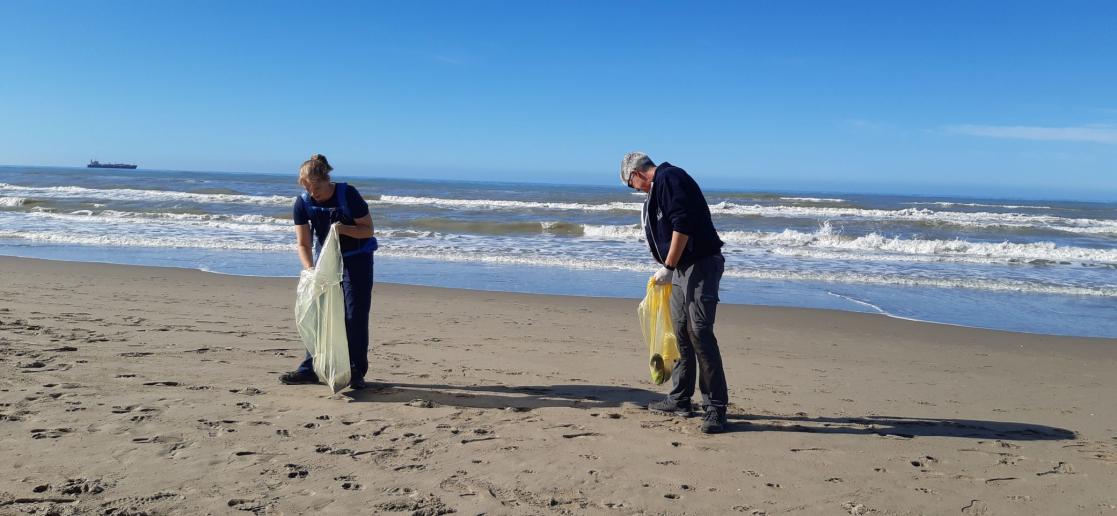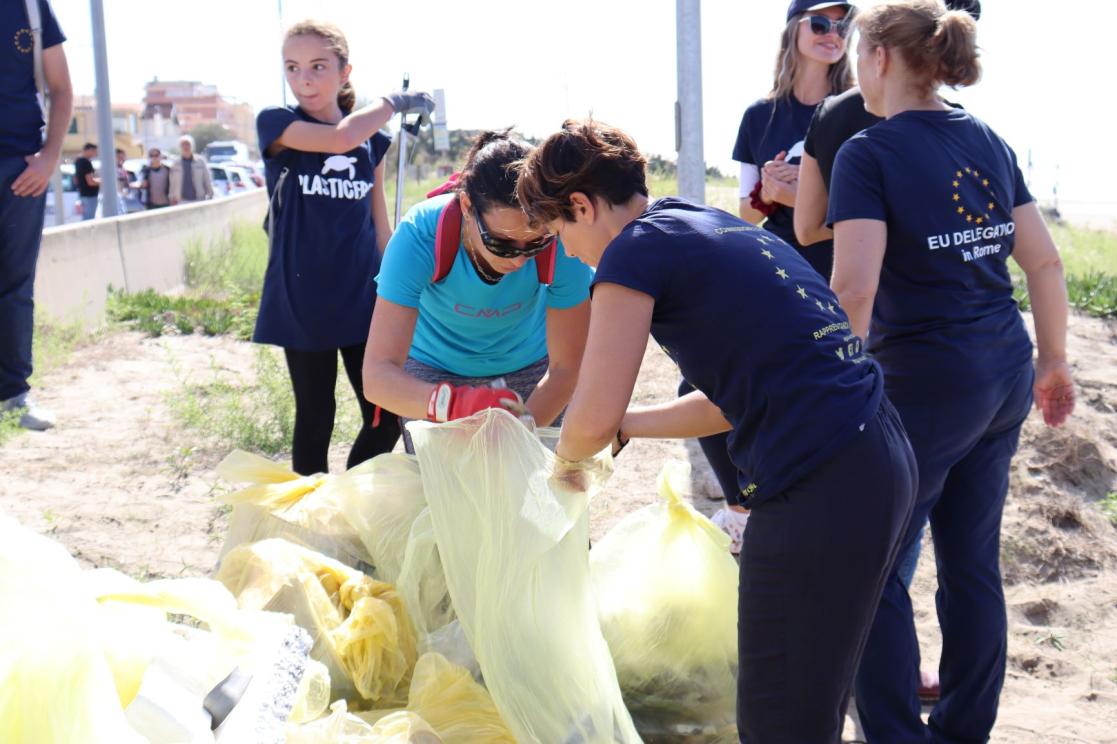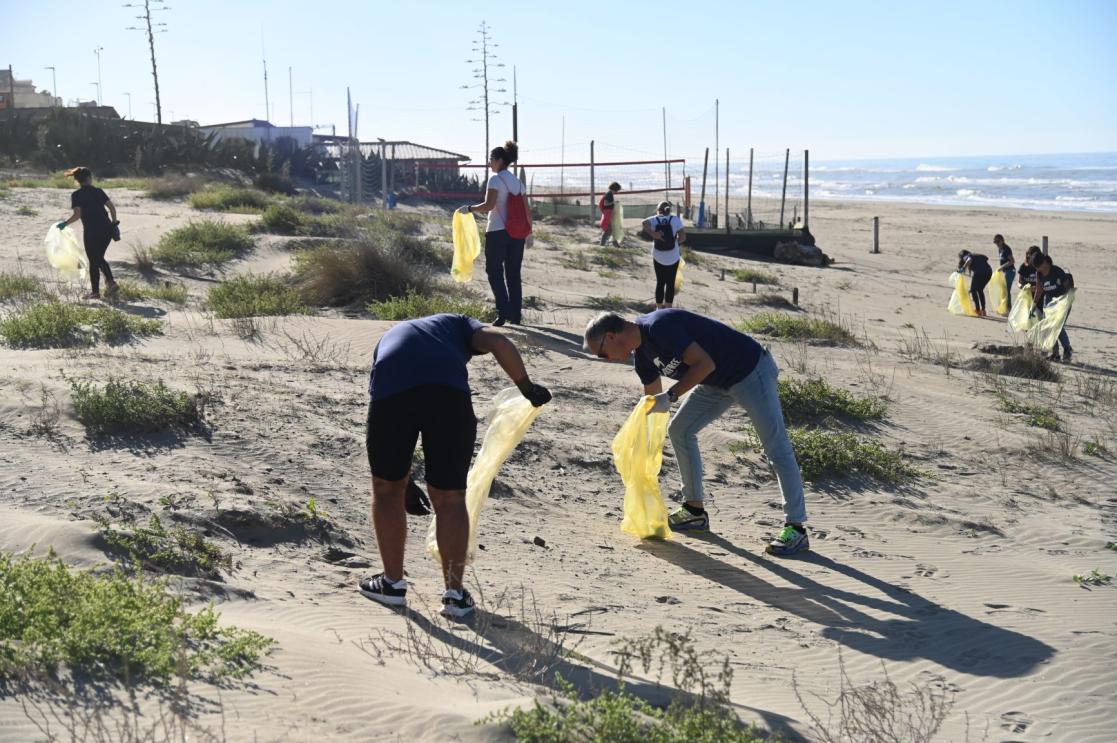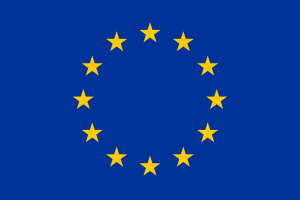#EUBEACHCLEANUP2022 in Italy

Each year, the European Union, in collaboration with key partners, organizes the #EUBeachCleanup campaign, which aims to raise awareness of ocean pollution and to protect ocean and seas' biodiversity.
As part of the fifth edition of the #EUBeachCleanUP campaign, the EU Delegation in Rome and the European Commission Representation office in in Rome, in collaboration with the NGO Plastic Free Odv Onlus, organized a beach clean-up in Torvaianica on Sunday 2 October.

The event was especially addressed to our Youth, as the year 2022 is officially the European Year of Youth. We were joined by Mariasole Bianco, marine biologist and conservationist, who explained the importance of the oceans and seas, and the micro-plastic threat to their ecosystems.

It goes without saying that Oceans are a vital component of the Earth's ecosystems. They play a crucial role in mitigating climate change as they absorb 23 percent of human-caused CO2 emissions and 90 percent of the excess heat.
Moreover, Oceans constitute a main source of food. They host 80 percent of the planet's biodiversity and are the largest ecosystem on Earth. Fish consumption provides 20 percent of animal protein to about 3 billion people worldwide. In addition to its crucial role in regulating the climate and weather and providing food security, the ocean is vital to the world's economy as a source of jobs for millions of people. Fisheries and aquaculture currently employ directly 56 million people.
However, today human activities are severely threatening our Oceans. Overfishing, illegal and destructive fishing practices, pollution, and climate change undermine the oceans' health.
Marine pollution has several sources, from solid and liquid wastes, manure run-off from farming, air emissions, to incorrect disposal of plastic wastes. Yet, about 80 percent of the ocean's pollution comes from land-based activities and is transported to the marine and coastal environment by rivers, drainage, or wind (EC 2021).

Marine litter has become the most prominent emerging pollutant. It consists of several types of material, including plastics, glass, rubber, paper, and wood. Yet, plastic accounts for approximately 84 percent of total marine litter in the EU: about 50 percent comes from single-use plastic (SUP) items and another 27 percent from lost or abandoned fishing gear. Plastic pollution remains one of the major causes of the degradation of maritime ecosystems. According to WWF, in the next 15 years, the quantity of plastic in the oceans is expected to double, and by 2050 there may be more plastic than fish in the sea.
Considering that plastic is one the most enduring existing material, it can take a considerable amount of time to degrade. As research has shown, there is also a possibility that plastic litter will never fully degrade but rather become what is called microplastic.
Microplastic consists of tiny particles of plastics (less than 5mm in length) which come from different sources (cosmetics, clothing, food packaging, and industrial processes) and integrate with the natural ecosystem (European Chemicals Agency 2022).
More than 14 million tons of microplastic have been stockpiled on the oceans' floor and this figure is increasing every year. These small fragments can be ingested by marine animals and become an integral part of the aquatic food value chain. Signs of microplastics have been found in commercial seafood and even in drinking water. It is clear how microplastic may seriously endanger human food security, food safety, and health.

In facing these challenges, we must take immediate action at all levels to reduce pollution, and restore our maritime environment. The European Union is at the forefront of the fight against climate change and pollution. It has taken forward various measures to reduce, control, and prevent pollution from all sources. On May 2021, the European Commission adopted the EU Action Plan: "Towards a Zero Pollution for Air, Water and Soil" as a crucial deliverable of the Green Deal. Through the Directive on single-use plastics, the EU is addressing the 10 single-use plastic items most commonly found on Europe's beaches and is promoting sustainable alternatives. The Union has also countered the negative effects of discharges of ships' waste with the Port Reception Facilities Directive. Moreover, under the Marine Strategy Framework Directive, it has also developed a threshold value for beach litter – bringing down the 2016 average of 150 litter items per 100m of coastline to a maximum of 20 items. Furthermore, the continued work of EU diplomacy has led to an important result at the United Nations Environment Assembly meeting in Nairobi in March 2022. The Assembly agreed to launch negotiation on a new legally binding agreement to fight plastic pollution.

Albeit essential, these measures must be applied in a broader framework with the involvement of the wider public at a global and local level. Therefore, to answer to the call of citizens asking how they can contribute at their own level, the EU launched its annual global #EUBeachCleanup campaign.

This year, #EUBeachCleanup takes on special importance because of the European Year of Youth. As we know, young people and future generations will pay a disproportionate price for this climate crisis. A recent study shows how children born in 2020 will face a two to a seven-fold increase of climate-related calamities compared to the cohort born in the 60s. For this reason, young people are the spearheads of the battle against climate change and pollution. They are playing an increasingly important role in reshaping the climate debate and addressing these challenges, as shown by the surge of young climate activists.

The #EUBeachCleanup is another example of a generation of young Europeans ready to take hands-on actions to protect our environment by creating awareness about the issue and encouraging people to take care of our blue planet.

References
EC, Our Oceans, Seas and Coasts - Descriptor 10: Marine Litter, 2021
European Chemicals Agency. "Restricting the use of intentionally added microplastic particles to consumer or professional use products of any kind". ECHA. European Commission. Archived from the original on 15 January 2022.





